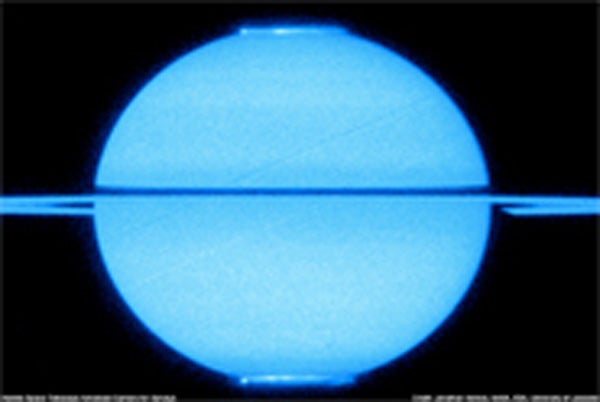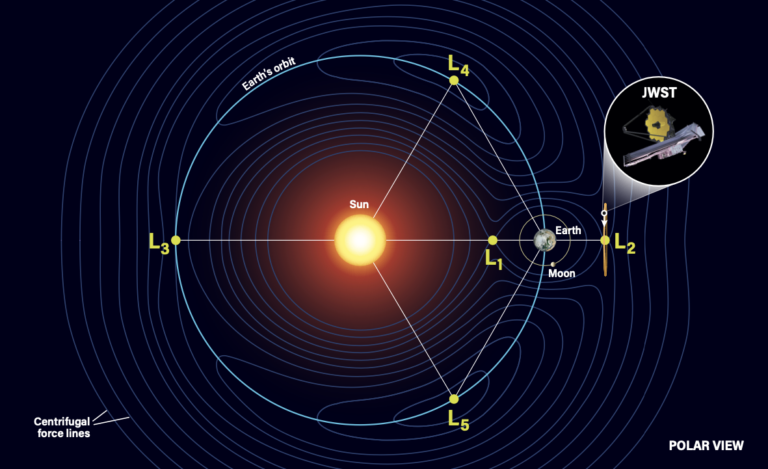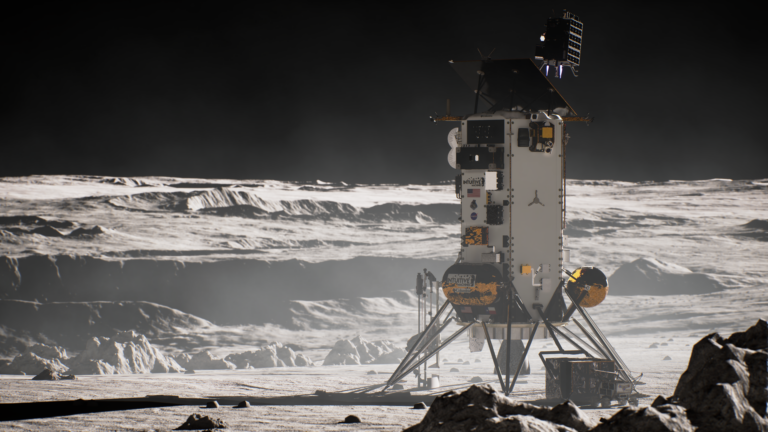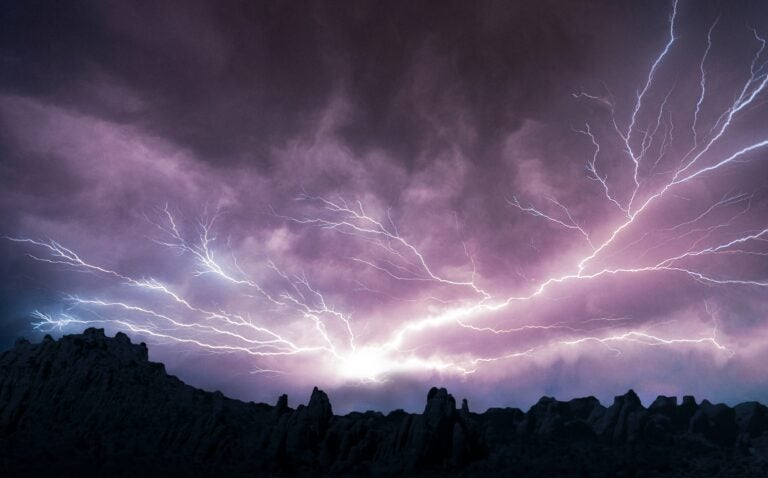Recent observations show the ethereal ultraviolet glow, or aurora, which illuminates Saturn’s upper atmosphere near the planet’s poles, is pulsing. What’s more, the glow waxes and wanes in conjunction with perplexing radio emissions that also emanate from the ringed planet.
For years, scientists have puzzled over inexplicable variations in the timing of those radio pulsations. Now, the newfound aurora behavior may offer a vital clue to what is going on.
“This is an important discovery because it provides a long-suspected, but hitherto missing link between the radio and auroral emissions,” said Jonathan Nichols from the University of Leicester, England.
Saturn, like other magnetized planets, emits radio waves into space from the polar regions. These radio emissions pulse for about 11 hours, and the timing of the pulses was originally thought to represent the rotation of the planet. However, over the years since the Voyager satellite missions, the pulsing period of the radio emissions has varied. Because the rotation of a planet cannot be easily sped up or slowed down, the hunt for the source of the varying radio period has become one of the most perplexing puzzles in planetary science.
Aurorae — the northern and southern lights — are caused when charged particles in space are funneled along a planet’s magnetic field into the planet’s upper atmosphere near the poles, at which point they impact the atmosphere causing them to glow. This happens when a planet’s magnetic field is stressed by, for example, the buffeting from the stream of particles emitted by the Sun or when moons such as Enceladus or Io expel material into the near-planet space.
Charged particles were long suspected to emit Saturn’s radio waves as they hurtle toward the poles, but no radio-like pulsing had been observed in Saturn’s aurora. However, Nichols and his colleagues found that by using the timing of the radio pulses as a guide to organizing auroral data, and by stacking the results from all the Hubble Saturn auroral images from 2005-2009 on top of each other, the auroral pulses finally revealed themselves.
“This link is important since it implies that the pulsing of the radio emissions is being imparted by the processes driving Saturn’s aurora, which in turn can be studied by the NASA/European space Agency’s spacecraft Cassini, presently in orbit around Saturn,” Nichols said. “It thus takes us a significant step toward solving the mystery of the variable radio period.”










